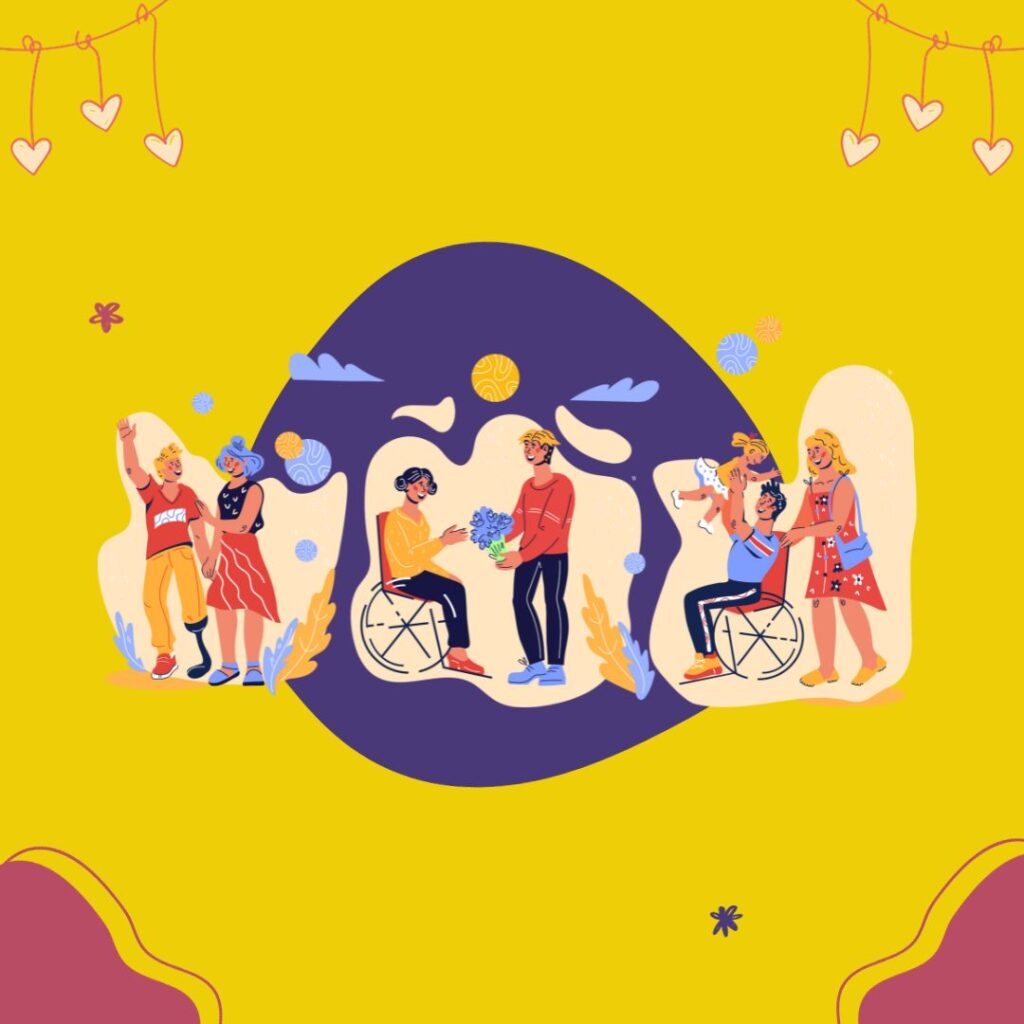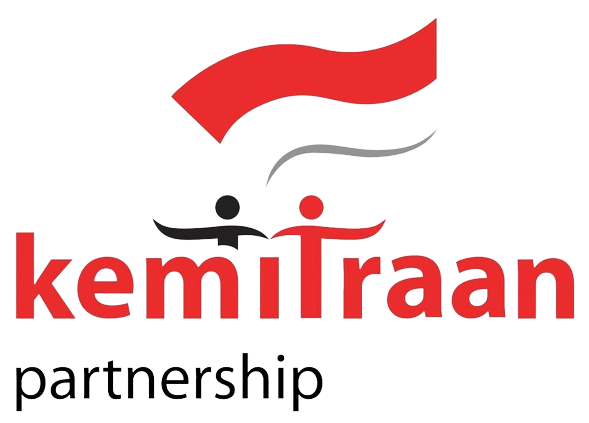The international community has recognized that special action is needed to protect the rights of the world's indigenous peoples. The first instrument to discuss their rights was ILO Convention 107 of 1957. Later, it was replaced by ILO Convention 169 of 1989 concerning Indigenous Peoples. Over the last few decades, the United Nations (UN) has increasingly involved indigenous peoples through two international decades. Not only that, the UN also formed a special body to promote their rights.
Both the international indigenous rights movement and the international disability rights movement have made great progress in recent years. After more than two decades of negotiations, the General Assembly adopted the UN Declaration on the rights of Indigenous Peoples in 2007. The following year, the General Assembly also adopted the UN Convention on the Rights of Persons with Disabilities.
Although both movements actively fight for the rights of subgroups in their constituencies, and although UNDRIP and UNCRPD include protections for indigenous people with disabilities, their rights have not been addressed centrally by either movement.
Among these groups, indigenous women who also have disabilities are one group that is often overlooked. Fulfilling the rights of indigenous women with disabilities is a human rights struggle that plays an important role in building a just, inclusive and sustainable society. This group is often marginalized in various aspects of life, and it is still very rare for this discussion to be voiced. In fact, the fulfillment of human rights is a fundamental principle in a just and civilized society.
The neglect of indigenous women groups with disabilities is definitely due to the double discrimination they experience. Namely, as a woman and as a person with a disability. Gender discrimination that persists in society can result in limited access to education, employment and decision making. In addition, stigma against disabilities can also limit their opportunities to participate fully in social and economic life.
Quoted from Watson's 2002 research entitled 'well, I know this is going to sound very strange to you, but I don't see myself as a disabled person: identity and disability', saying, people with disabilities have one trait in common, namely that they are all vulnerable to oppression, regardless of how they identify themselves. Watson also claims that culture is like a double-edged sword; a source of oppression and liberation for individuals with disabilities. It is becoming increasingly clear how many layers of violence must be accepted by indigenous women with disabilities.
Then, what about Indonesia?
In 2011, Indonesia officially signed the International Convention on the Rights of Persons with Disabilities, which was marked by the issuance of Law number 19 of 2011. This law regulates the state's obligations in realizing the rights contained in the convention. One of them is changing laws and regulations, customs and practices that are discriminatory against people with disabilities, both women and children. Also, guaranteeing the participation of people with disabilities in all aspects of life, such as; education, health, work, politics, sports, arts and culture, as well as the use of technology, information and communication.
Meanwhile, in fulfilling their rights, the state must guarantee that persons with disabilities are free from torture or treatment that is cruel, inhumane, degrading to human dignity, free from exploitation, violence and arbitrary treatment, and have the right to receive respect for their mental and physical integrity based on equality with others. This includes the right to receive social protection and services in the context of independence, as well as in emergencies.
However, it turns out that these regulations are again just that lip service just. It is proven that many indigenous women with disabilities still experience discrimination and exclusion from their traditional communities. One of them is the right to marry with consent and determine one's own partner. This is proven through research conducted by Desmaisi in 2021 entitled 'Customary Dilemmas in Disability Matchmaking'. Desmaisi took a case study of arranged marriage culture which is widely applied to groups of women with disabilities in the Nagari Padang Gantiang traditional community, West Sumatra. He said that the practice of arranged marriages was closely related to the many cases of marriage and divorce in the area.
This practice of arranged marriage is also perpetuated by deeply rooted stigmas about women and disabilities, namely, disabled individuals are not independent individuals. Because of this, the indigenous people of Nagari Padang Gantiang believe that women with disabilities should be married to men with disabilities. Meanwhile, unmarried adult women are considered a disgrace and are considered to have the potential to be perpetrators of violations of values and norms.
The culture of matchmaking between people with disabilities is increasingly legitimized by the existence of agents in the Nagari Padang Gantiang traditional community. One of them is the figure 'mother' or the mother's brother (uncle), who has the traditional authority to find a mate nephew (nephew) who is disabled. This action will get full support from the family.
The perpetuation of violence was further strengthened by a statement from Mariah Un from the South Sulawesi Women's Association with Disabilities (HWDI). Mariah said that what experienced by disabled women from indigenous communities in Nagari Padang Gantiang was not much different from that in her hometown, East Nusa Tenggara (NTT). There is a high level of discrimination between men and women, especially those with disabilities. There are still many differences between traditional women with disabilities and traditional women in general, and these differences are most visible in traditional ritual events.
There are still many cases where indigenous women with disabilities are not allowed to take part in rituals, because they believe they will fail or fail. The share of disabled indigenous women in traditional structures is ultimately very small. Not only culture, the position of indigenous women with disabilities in indigenous communities is also subordinated in the political field. Indigenous women with disabilities are rarely involved in joint decision making, for example during Village Development Planning Meetings (Musrenbang). Apart from the right to express opinions and the right to be involved in managing natural resources, many indigenous women with disabilities do not understand this.
What we can do?
Encourage all stakeholders to realize inclusion policies, is one of the most effective ways to fulfill and protect the rights of indigenous women with disabilities. Ensure that all individuals have equal access to education. This is especially important for indigenous women with disabilities who are often overlooked in the education system. With inclusion, they have a better opportunity to learn and develop.
Not only that, inclusion policies also support active participation in the world of work. Indigenous women with disabilities must have equal opportunities to work and generate income that can support their lives. Also have equal access to the health services they need, thereby improving their quality of life. The most important thing is that the inclusion policy refers to empowerment and participation in decision making. By involving indigenous women with disabilities in the policy process, we can ensure that existing policies reflect their needs and aspirations.
By providing equal access to education, employment, health services, and participation in decision making, we can create a society that is just in thought, let alone in deed. Lastly, quoting from a writer, feminist, and philosopher, Mary Wollstonecraft, in her book entitled 'a vindication of women's rights'; “I don't want them [women] to have power over men; but on themselves.”


